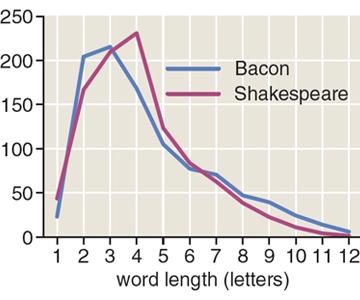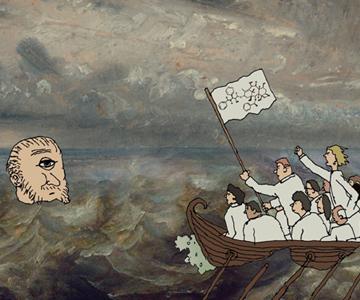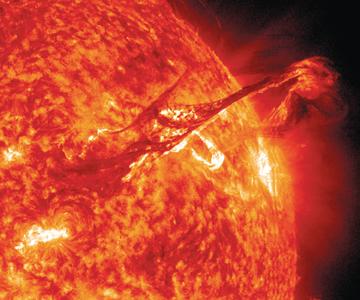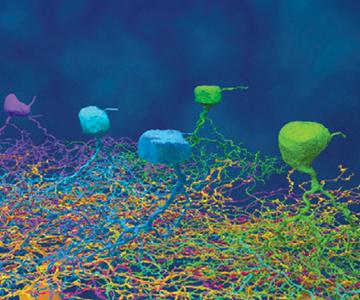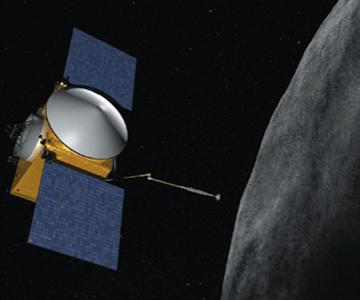Magazine
July-August 2014

July-August 2014
Volume: 102 Number: 4
Carbon nanotubes—interlinked carbon atoms that roll up into microscopic cylinders—may be an important material for tomorrow’sminiature machines. Sometimes the atoms assemble in more than one layer, forming the multiwalled carbon nanotubes like the oneshown in longitudinal section on the cover. At such small scales, gravity has little influence compared to electrostatic effects and whatare called dispersion forces: the attraction between atoms and molecules that are electrically polarized. Usually these forces prevent thelayers in a multiwalled nanotube from moving, which can limit their technological applications. But in “Engines Powered by the ForcesBetween Atoms,” Fabrizio Pinto describes how dispersion forces could be harnessed to do useful work, storing energyor providing motive force, on the micro—and possibly the macro—scale. (Image by Dr. Peter Harris/Science Source)
In This Issue
- Art
- Astronomy
- Biology
- Chemistry
- Communications
- Computer
- Engineering
- Environment
- Evolution
- Medicine
- Physics
- Psychology
- Sociology
Engines Powered by the Forces Between Atoms
Fabrizio Pinto
Physics
By manipulating van der Waals forces, it may be possible to create novel types of friction-free nanomachines, propulsive systems, and energy storage devices.
Why Some Animals Forgo Reproduction in Complex Societies
Peter Michael Buston, Marian Wong
Evolution
Behaviors of coral reef fishes provide strong support for some major new ideas about the evolution of cooperation.
The Deadly Dynamics of Landslides
Susan W. Kieffer
Physics
They result from a simple mix of gravity, friction, and momentum, but take on a stunning variety of forms—with similarly diverse human consequences.


